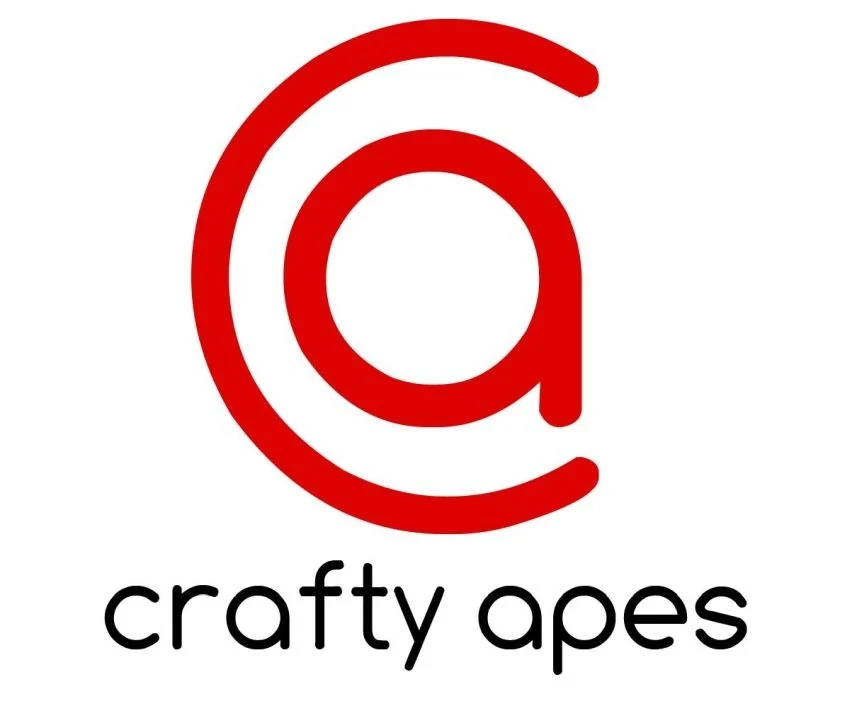Introduction
Let’s be honest. The media and entertainment world is moving faster than ever. A potential game- changing co-production deal could be happening right now in Seoul, a blockbuster could be crewing up in Budapest, or a new indie darling could be securing funding in Toronto.
If you’re not actively able to track film production globally, you’re not just missing out on data—you’re missing out on revenue, partnerships, and strategic advantages. The old way of relying on scattered news and word-of-mouth is a recipe for falling behind.
Feeling overwhelmed by the sheer volume of projects? You’re not alone. Many studio executives and researchers I talk to feel the same way. They know the opportunities are out there, but finding them in a systematic way is a massive challenge.
In this post, I’m going to walk you through a 5-step framework to track global film productions effectively. We’ll turn that chaos into a clear, actionable strategy so you can pinpoint the right projects and forge powerful partnerships before your competitors even know what’s happening.
Table of content
- Introduction
- Key-Takeaways
- Step 1: Ditch the Guesswork – Define Your Strategic Goals
- Step 2: Use a Production Intelligence Platform (Your Secret Weapon)
- Step 3: Focus on Pre-Production to Get Ahead
- Step 4: Monitor the Movers and Shakers
- Step 5: Turn Data into Deals and Partnerships
- How Vitrina Gives You an Unfair Advantage
- Conclusion
- FAQs
Key Takeaways
| Key Takeaways: How to Track Global Film Productions | |
|---|---|
| Define Your Goal | Start by clarifying what you want to achieve: co-production, sales, distribution, or research. Your goal dictates your focus. |
| Use a Centralized Platform | Manual tracking is impossible. A dedicated project tracker is your single source of truth for real-time production data. |
| Analyze Development Slates | The real opportunity is in pre-production. Track projects from the script stage to identify partners early. |
| Monitor Key Players | Follow the movements of specific production companies, studios, and distributors to anticipate market trends. |
| Turn Insights into Action | Use the data to connect with decision-makers, armed with knowledge about their specific project needs. |
Need to find your next strategic partner?

Step 1: Ditch the Guesswork – Define Your Strategic Goals
Before you even think about tracking, you need to know why you’re tracking. Sounds simple, right? But most people skip this step and end up drowning in irrelevant data.
What is your primary objective? Your answer changes everything.
- Looking for Co-Production Partners? You need to identify projects in early development that align with your slate and have potential funding gaps.
- Selling Services (VFX, Post-Production, etc.)? You need to track projects as they move from development into pre-production and physical production to know who to contact and when.
- Acquiring Content for Distribution? You’ll want to monitor films in production and post-production, especially those generating buzz at film markets.
- Conducting Market Research? You need to see macro trends—which countries are offering the best tax incentives? What genres are getting funded?
Actionable Tip: Write down your #1 goal for tracking productions this quarter. For example: “Identify three international drama series in late development for a potential co-production deal.” This clarity will be your filter for all the steps that follow.
Step 2: Use a Production Intelligence Platform (Your Secret Weapon)
You can’t track thousands of global projects using spreadsheets and Google alerts. It’s impossible. You’ll burn out, and your data will be outdated the moment you enter it.
To professionally track film production globally, you need a centralized, dynamic database. This is non-negotiable. Think of it as your command center for global entertainment intelligence.
A powerful platform should allow you to:
- Filter by Stage: Search for projects in any phase—from script and financing to post-production and distribution.
- Search by Genre and Budget: Quickly narrow down the field to projects that fit your specific mandate.
- Track by Location: See what’s filming where, from major hubs like London and Vancouver to emerging hotspots.
- Identify Key Contacts: Find the names of producers, directors, and production companies attached to each project.
These platforms aren’t just lists; they are dynamic ecosystems of information. Investing in one moves you from reactive searching to proactive, strategic discovery. You stop chasing news and start finding opportunities.
Step 3: Focus on Pre-Production to Get Ahead
Want to know the secret to finding the best opportunities? Look for projects before everyone else does.
By the time a film is announced in the trades, key partnerships are often already in place. The real strategic window is during late development and pre-production. This is when producers are actively looking for financing, key crew, and service partners.
How to Track Pre-Production Opportunities
Your goal is to find projects that have a greenlight or are close to it but haven’t locked in all their partners. Use your intelligence platform to set up alerts for projects that move into the “pre-production” or “financing” stage.
Look for signals like:
- A director or major star has been attached.
- A lead production company is confirmed.
- The project is being shopped at a film market (Cannes, EFM, AFM).
Tracking projects this early allows you to approach potential partners when they are most receptive to collaboration, not after all the major decisions have been made.
Is your competitor data out of date?

Step 4: Monitor the Movers and Shakers
The entertainment industry is driven by people and companies. Tracking individual projects is great, but tracking the decision-makers behind them is even better.
Identify the production companies, studios, and streamers that are most active in your area of interest. Who is consistently producing the type of content you want to be involved with? Who is expanding into new international markets?
Creating a Target List
Create a list of 20-30 target companies. Use your production database to follow their entire slate of projects. This gives you incredible insight into their strategy.
You’ll start to see patterns:
- “Company X is ramping up its slate of animated features.”
- “Studio Y is actively seeking co-production partners in South Korea.”
- “Distributor Z has been acquiring sci-fi films at every major festival.”
This level of analysis helps you anticipate market moves and position yourself as a relevant, informed partner.
Step 5: Turn Data into Deals and Partnerships
Data is useless without action. The final, most important step is to leverage your insights to build relationships and close deals.
You’ve identified a project in pre-production that fits your goals. You know the production company behind it. Now what?
Don’t just send a generic email. Your outreach should be specific and value-driven. For example:
“Hi [Producer Name], I saw you’re moving into pre-production on ‘Project X.’ My company specializes in [Your Service], and we have extensive experience with the exact type of action sequences your script demands. I’d love to discuss how we can support your vision.”
This approach shows you’ve done your homework. You’re not just another name in their inbox; you’re a problem-solver who understands their project. By combining powerful data with smart outreach, you transform tracking from a passive research activity into an active business development machine.
How Vitrina Gives You an Unfair Advantage
So, how can you implement all of this without spending all day searching?
This is where Vitrina comes in. Our platform was built to solve this exact problem for media professionals.
Vitrina’s Project Tracker is a dynamic, global database that monitors thousands of film and TV projects across every stage of the production lifecycle—from script to screen. We provide verified data and key contacts, allowing you to filter by country, production stage, genre, and more.
Instead of manually searching dozens of sources, you get a single, powerful tool to find opportunities, track competitors, and connect with partners globally.
Conclusion
Stop letting global opportunities pass you by. To effectively track film production globally, you need to move beyond passive observation and adopt a proactive, strategic system.
Define your goals, leverage a powerful intelligence platform, focus on the early stages of production, monitor the key players, and use your data to initiate meaningful conversations. It’s a framework that replaces guesswork with certainty and opens the door to the partnerships that will define your success.
What’s the first strategy you’re going to try? Let me know in the comments.
Ready to stop searching and start connecting? Get the global production intelligence you need to make smarter, faster decisions. Sign up for your Vitrina membership today and gain an unbeatable edge in the global entertainment market.
Frequently Asked Questions
For independent films, focus on tracking projects listed at major film markets (like Cannes Marché du Film, EFM, or AFM) and monitoring the slates of established indie production companies. A specialized database like Vitrina is invaluable here, as it consolidates this hard-to-find information in one place, letting you filter for projects with smaller budgets or those seeking gap financing.
The most reliable way is to use a production intelligence platform. These services are designed to track a project’s status in real-time. You can set up alerts to be notified the moment a project moves from “development” to “pre-production,” giving you a critical head start on making contact.
Yes. Modern tracking platforms allow you to filter and search for productions based on their filming locations and country of origin. This is essential for finding co-production opportunities that qualify for specific tax incentives or for businesses that offer location-based services.
You can start tracking a project as soon as it’s set up at a production company, often years before it gets a greenlight. The earliest stages are typically “in development” or “script stage.” Monitoring projects this early gives you the maximum amount of time to build a relationship and align your strategy with the project’s needs.



































![Mumbai's Top VFX Studios [2025 Ranking] 50 Mumbai's Top VFX Studios](https://vitrina.ai/wp-content/uploads/2025/10/Mumbais-Top-VFX-Studios-e1761547005725.jpg)


